Table of Contents
The main difference between Homozygous and Heterozygous is in their genetic makeup. The homozygous individuals have two identical alleles for a particular gene (e.g., AA or aa). Alleles are variations of a gene that can code for different traits. While heterozygous individuals have two different alleles for a specific gene (e.g., Aa). This difference affects how traits are expressed in an organism. We have discussed some more differences between homozygous and heterozygous below in the article.
Homozygous and Heterozygous
Homozygous and Heterozygous are terms used to describe the genetic makeup of an individual regarding a specific gene. Homozygous individuals can be either homozygous dominant (having two dominant alleles) or homozygous recessive (having two recessive alleles). On the other hand in heterozygous individuals, one allele may be dominant, and the other allele may be recessive. These terms are fundamental in understanding how genetics and inheritance work, as they describe the genetic combinations that influence an individual’s traits and characteristics.
What are Homozygous?
Homozygous refers to a genetic condition where an individual has two identical alleles for a particular gene. Alleles are alternate forms of a gene that can code for different traits. In a homozygous state, both alleles for a specific gene are the same, either both dominant (designated by uppercase letters) or both recessive (designated by lowercase letters). Homozygous individuals have a high degree of genetic uniformity for that particular gene, whereas heterozygous individuals have two different alleles for the same gene.
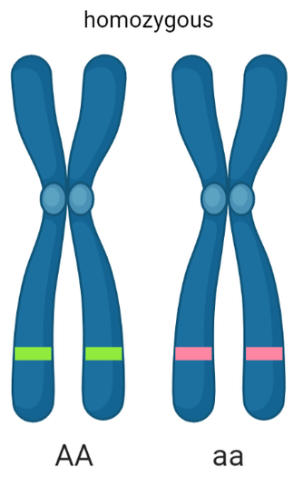
For example:
- If someone has two dominant alleles (e.g., AA), they are homozygous dominant for that gene and will express the dominant trait.
- If someone has two recessive alleles (e.g., aa), they are homozygous recessive for that gene and will express the recessive traits.
- One simple example of homozygous can be a black Labrador retriever with two identical alleles for coat color, both being “BB” (homozygous dominant).
- A red rose with two identical alleles for flower color, both being “rr” (homozygous recessive).
What are Heterozygous?
Heterozygous refers to a genetic condition in which an individual has two different alleles for a specific gene. Alleles are alternate forms of a gene that can code for different traits. In heterozygous individuals, one allele may be dominant (usually denoted by an uppercase letter) and another allele recessive (usually denoted by a lowercase letter) for that gene.
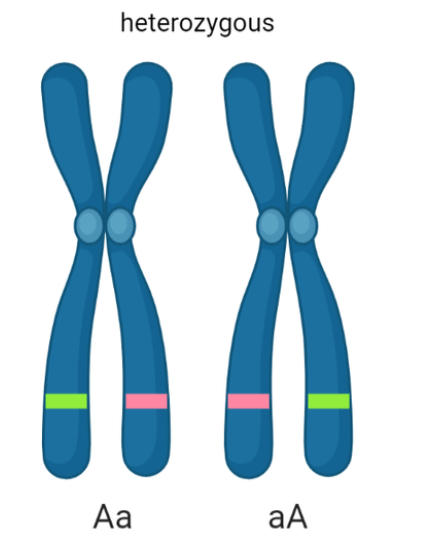
Heterozygosity results in genetic information from both alleles. Typically, the dominant allele’s trait is expressed in the individual because its effects mask those of the recessive allele. However, the presence of a recessive allele in heterozygous individuals means they can carry and potentially pass on that recessive allele to their offspring, even though it may not be visibly expressed in themselves.
For example:
Heterozygous (e.g., Aa): One allele is dominant (A) and the other allele is recessive (a). The dominant allele’s trait is expressed, while the recessive allele’s trait is masked. These heterozygous individuals are important in genetics because they contribute to genetic diversity within populations and play a role in inheritance patterns, following Mendelian principles of genetics.
A simple example of heterozygous is a cat with one allele for a black coat (B) and another allele for a white coat (b), which are represented as “Bb”.
Difference Between Homozygous and Heterozygous
Here we have discussed a few differences between Homozygous and Heterozygous that will illustrate how the presence of two different alleles (heterozygous) or two identical alleles (homozygous) for a specific gene can impact genetic traits and inheritance in organisms.
| Difference Between Homozygous and Heterozygous | ||
| Characteristics | Homozygous | Heterozygous |
| Definition | Homozygous has two identical alleles for a particular gene in an organism. | Heterozygous has two different alleles for a particular gene in an organism. |
| Alleles | Homozygous contains two Identical alleles. | Heterozygous contains two different alleles. |
| Genetic Makeup | Example: AA (both alleles are either dominant or recessive) | Example: Aa (one dominant and one recessive allele). |
| Phenotype (Expression) | Exhibits the same trait or characteristics. | May exhibit a mixed or intermediate trait. |
| Genetic Contribution to Offspring | Will consistently pass down. | Heterozygous may contribute to genetics. |
| Genotype Variation within an individual | Represents a homozygous genotype. | Represents a heterozygous genotype. |
| Example in Humans | Blue eyes (bb, where b is recessive for blue). | Brown eyes (Bb, where B is dominant for brown and b is recessive for blue). |
Importance of Homozygous and Heterozygous
Both homozygous and heterozygous genotypes have important implications in genetics and Biology. The importance of homozygous and heterozygous genotypes lies in their roles in genetic diversity, trait expression, selective advantages, and their impact on the genetic traits within the population. These concepts are fundamental in genetics, evolution, and various fields of Biology.
Importance of Homozygous
- Genetic Consistency: Homozygous individuals consistently pass down the allele to their offspring. This is crucial for maintaining traits within a population. For example, in agriculture, homozygous plants with desirable traits can be bred to produce consistent offspring with those traits.
- Purebred Traits: Homozygous individuals often represent purebred traits. For instance, in animal breeding, two homozygous individuals with the same traits, which is desirable in purebred animals.
- Genetic Disorders: Homozygosity for certain alleles can lead to genetic disorders. Understanding homozygosity is essential in diagnosing and studying these disorders for medical research and treatment.
Importance of Heterozygous
- Genetic Diversity: Heterozygous individuals contribute to genetic diversity within populations. This diversity can enhance a population’s ability to adapt to changing environments and resist diseases. In conservation biology, maintaining genetic diversity is crucial for the survival of species.
- Selective Advantages: Heterozygous individuals may exhibit a blend of traits or characteristics due to the presence of different alleles. In some cases, this can provide a selective advantage, allowing them to thrive in diverse environments.
- Masking of Recessive Traits: Heterozygous individuals carrying one dominant and one recessive allele often display the dominant trait. However, they still carry the recessive allele, which can be passed on to offspring. This can be managing genetic diseases in the population.
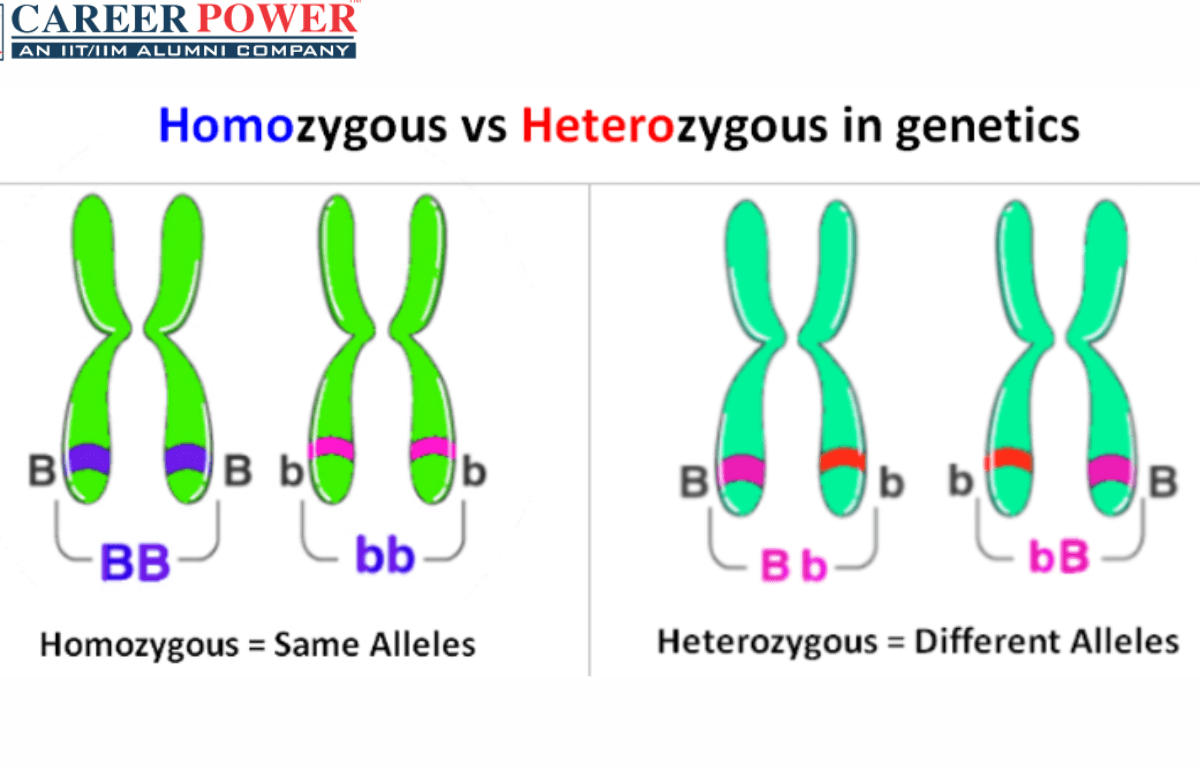
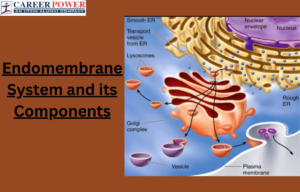 Endomembrane System - All the Organelle ...
Endomembrane System - All the Organelle ...
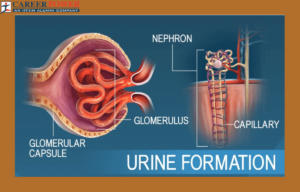 Urine Formation, Function of Tubules, Os...
Urine Formation, Function of Tubules, Os...
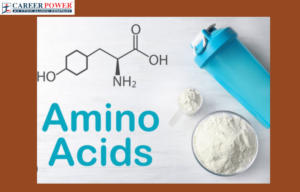 Amino Acids - List, Properties, Function...
Amino Acids - List, Properties, Function...
